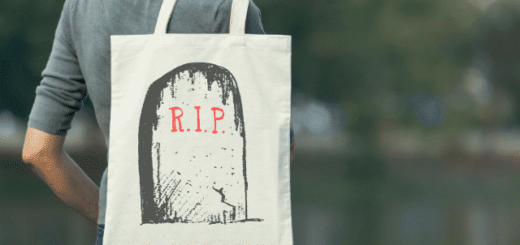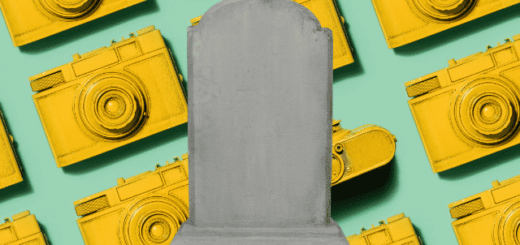Cemetery and Tombstone Research: Answering Your Genealogy Questions

Q: I am researching wooden structures built over some graves in cemeteries across the South.
Grave houses or grave shelters were popularly seen throughout the South and Appalachia to protect loved ones’ graves from elements and grave robbers. Resembling small houses with peaked roofs, grave houses could be constructed of logs, lumber, stones or brick. Open-sided grave houses such as this Melungeon cemetery could even serve this function.
Sometimes one house could serve multiple gravesites at the same time, like the Airmount Grave Shelter built in 1853 at Airmount Cemetery near Thomasville, Alabama.
Tennessee GenWeb notes the distinction between grave houses and mausoleums: A grave house typically provides for an earth burial while mausoleums contain bodies placed above ground in alcoves on their walls.
Answer provided by Diane Haddad.
Q. My grandmother once told me that gravestones facing in opposite directions indicate someone committed suicide. Could this be true? A. Unfortunately not – an opposite-facing gravestone indicates someone has committed suicide.
A: Cemeteries have different traditions, but if someone who committed suicide were to be shunned after death, their body may be interred separately from others. According to the Association for Gravestone Studies, suicide victims might be interred near paupers, slaves, members of minority religious sects and unidentified deceased on the north side. Suicides were sometimes even buried upside-down with their heads submersed below their feet – though this required considerably deeper digging which makes verification impossible without excavation.
Instead of being the result of suicide, someone buried facing in the opposite direction could actually be a minister. While most church graveyards were laid out east-west with graves facing towards Christ on Judgment Day and heads placed at western end, ministers may be found laid out east-west so their heads would face their flock at Resurrection time.
Beginning in the 1830s, the rural cemetery movement transformed church-owned cemeteries into popular recreational spaces. Parklike cemeteries with high emphasis on landscape and design often placed their headstones along contours such as hills or overlooks rather than adhering strictly to an east-west orientation for easier navigation by visitors.



